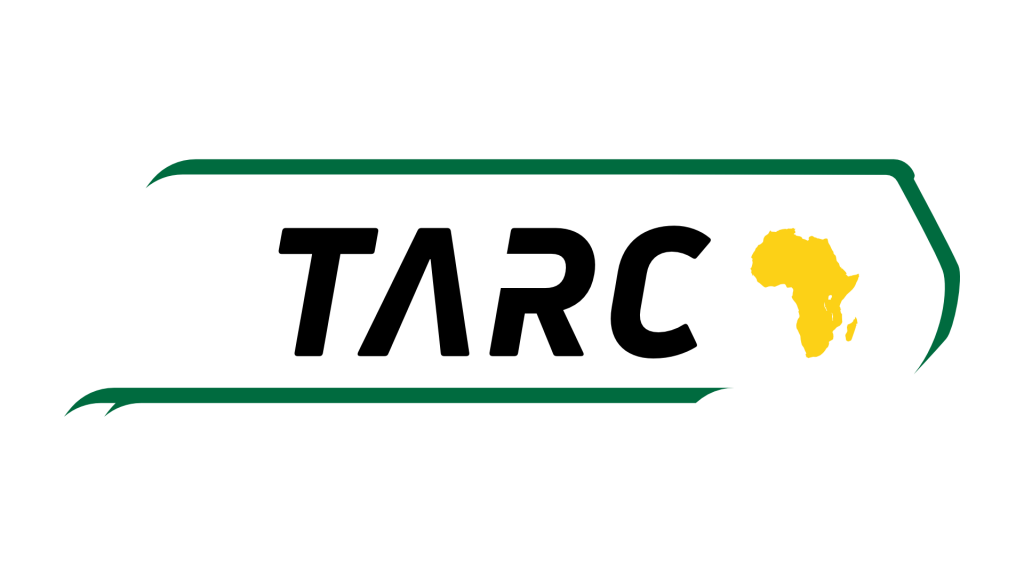Arab Maghreb Union (UMA)
The Arab Maghreb Union (UMA) was established under the Marrakech Treaty of 1989 with the primary purposes of: strengthening ties between the five member states; promoting prosperity; defending national rights; and adopting common policies to promote the free movement of people, services, goods and capital within the region.
Article 3 of the Treaty provides that the Union’s objectives are to promote:
• Close diplomatic ties and dialogue between Member States while safeguarding their independence
• Mechanisms for Member States’ industrial, commercial and social development including through common sectoral programmes
• Measures to support Islamic values and the safeguarding of the National Arabic identity through mechanisms such as cultural exchange, research and education programmes.

